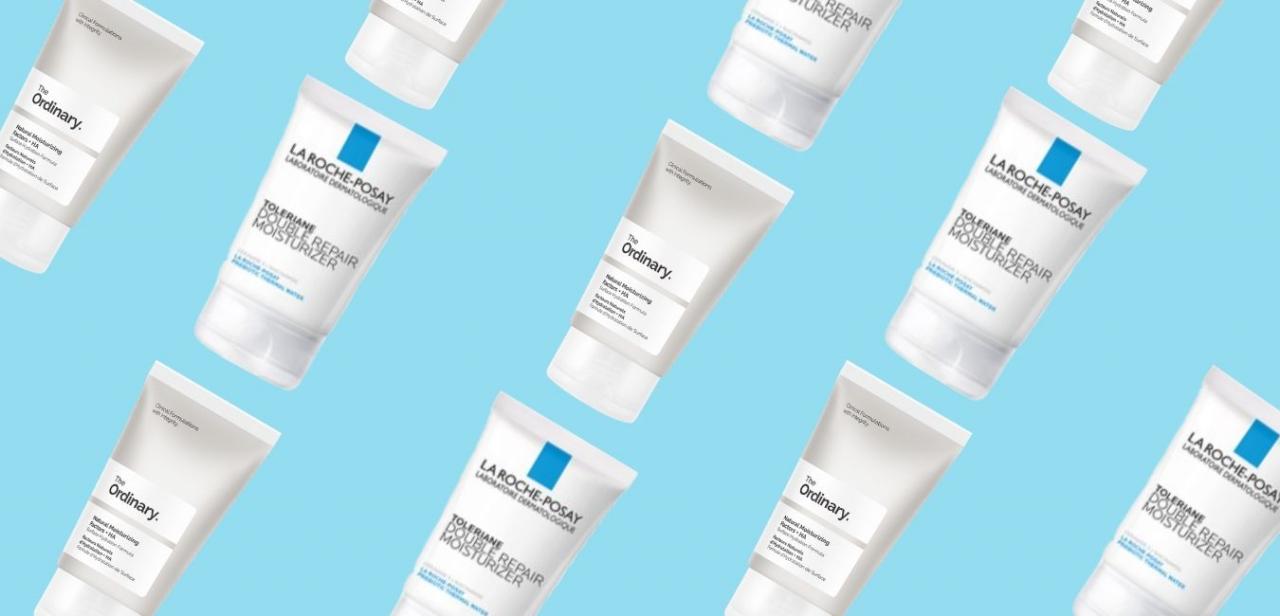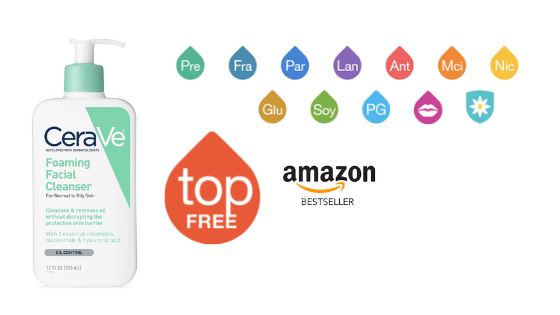Bacne, or acne on the back, may not be as readily apparent to others as facial acne. But it is often just as troublesome—and troubling—for people who suffer, sometimes even more so.
For one thing, back skin tends to contain thousands of sebaceous (oil-producing) glands. These glands can work overtime, especially for young men going through puberty, and produce excess oil that plugs up pores that may already be clogged with dead skin cells and bacteria. Presto—pimples.
In addition, acne on the back can become irritated and inflamed through repeated rubbing and moisture. Think about things many young people come in contact with daily—backpacks, tight clothing, football pads—and it’s easy to see how bacne can become a real nuisance. It can spread over a large area and be difficult to reach and bring under control.
Furthermore, bacne can cause just as much embarrassment as facial acne. People tend to suffer from bacne just when their self-esteem is most vulnerable—around the teen years. It can cause anguish to the extent that young people avoid sports, swimming pools and locker rooms.
To treat bacne, dermatologists typically recommend starting with less aggressive treatment and progressing from there until a solution is found. Moves everyone with bacne should make include:
-- Wearing loose-fitting, breathe-able clothing whenever possible
-- Discontinuing the use of a backpack, at least temporarily
-- Using hypo-allergenic, fragrance-free detergents, soaps and lotions
-- Trying to shower after a workout when possible
-- Treating skin gently, avoiding vigorous scrubbing
Trying an over-the-counter medication is usually the first step in combating bacne. According to the Mayo Clinic, drugstore lotions may contain benzoyl peroxide, salicylic acid or other active ingredients (see www.mayoclinic.com/health/acne). After an initial period that may include some irritation and dryness, these products help many acne sufferers.
If bacne persists, trying prescription strength lotions is the next step. Products with ingredients derived from Vitamin A, such as tretinoin, help by causing faster cell turnover and discouraging old, dead cells from clogging pores. Topical antibiotics can also be helpful in keeping the skin free of bacteria, the Mayo Clinic suggests. Several combination products that also include benzoyl peroxide or salicylic acid are available as well. It’s not at all uncommon to experience skin side effects with prescription treatments, but trying various approaches to minimize unwanted complications often works. It can be very worthwhile to be persistent.
For some patients, a doctor will recommend taking oral antibiotics for a period of time in combination with topical treatment. In this case, the goal is to give extra help in fighting bacteria and inflammation.
Women can sometimes benefit from certain oral contraceptives. For patients with severe acne that results in deep, painful cysts, not just surface bumps and pimples, a powerful drug called Accutane may be prescribed. These medications, particularly Accutane, carry the risk of serious side effects and should be considered only after other treatments have failed.
For the right patient, laser and light therapy can be useful tools to use in combination with other treatments. The Mayo Clinic explains that lasers target the sebaceous glands and cause them to produce less oil, while light therapy kills bacteria.
Finally, there are a number of natural ingredients people have found to be very helpful in dealing with bacne. Some swear by cider vinegar treatments to reduce oiliness. Others recommend jojoba oil to help ease dryness that comes with many lotions containing benzoyl peroxide or salicylic acid. The best place to hear more about these is in online forums and message boards such as the one on www.acne.org.
It’s clear that, just like treating facial acne and a host of other bothersome skin conditions, battling bacne is still a trial-and-error process. The good news is that there’s more reason to hope for clear skin today than ever before. For the best chance of success, find a good dermatologist, do lots of research, be willing to try a variety of approaches and, more than anything else, be patient and persistent.






Add a CommentComments
There are no comments yet. Be the first one and get the conversation started!